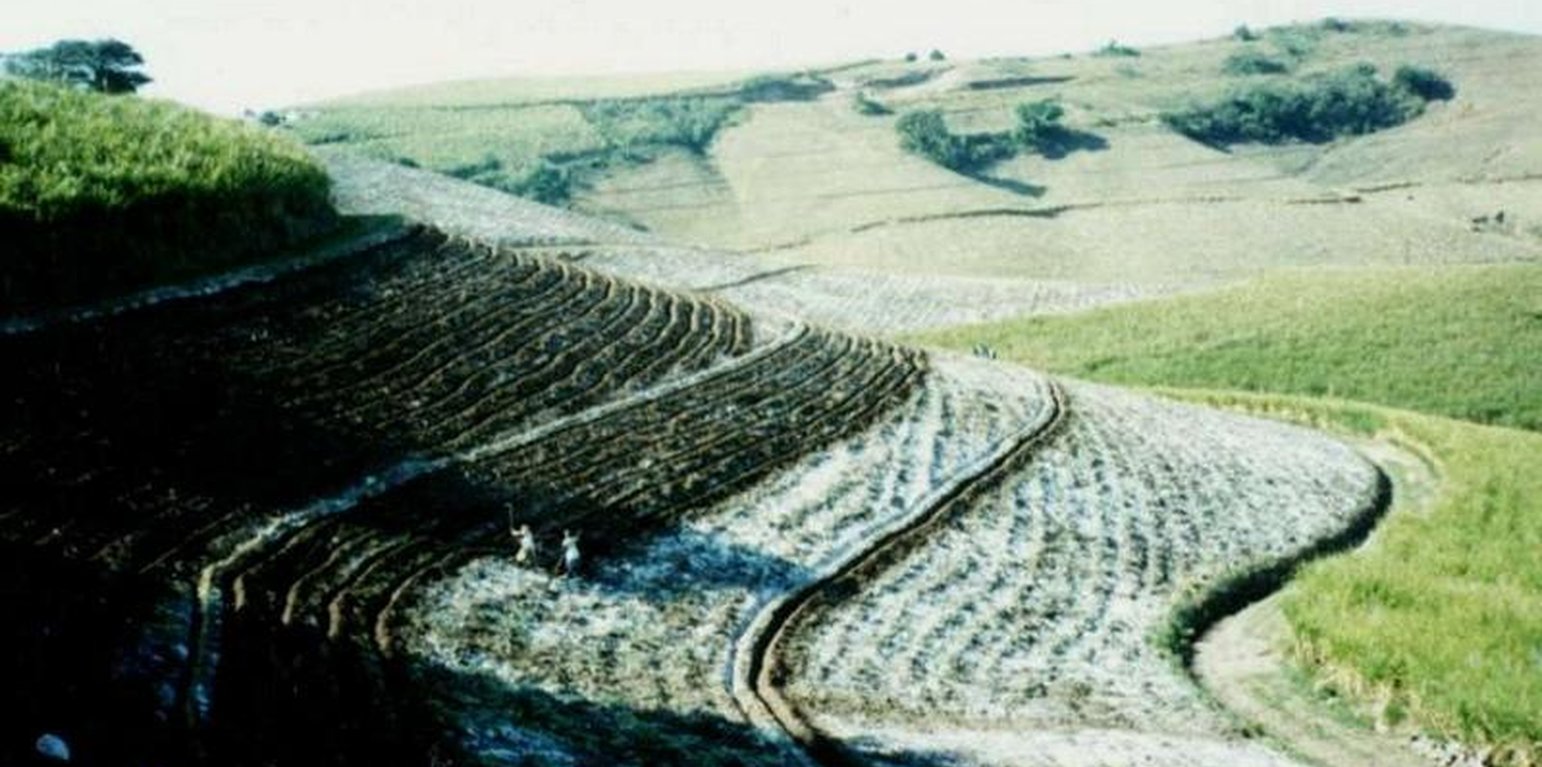



This example of vetiver grass barriers comes from a commercial farm in Kwa-Zulu Natal, South Africa, where sugar cane is grown on a large scale under a rainfall regime of around 1,000 mm per year. Vetiver grass (Vetiveria zizanioides), which had been growing naturally on the farm for years in isolated clumps, began to be used in 1989 to form vegetative hedges along the contour.
The purpose of these hedges is to protect the land from surface erosion by creating semi-permeable barriers, allowing excess runoff to filter through but holding back sediment. Infiltration is thus increased and moisture conserved in-situ. Although sugar cane in itself protects the soil quite well when the canopy is closed, after harvest on the moderate to steep slopes (10% to >30%) and erodible soils of the north coast of Kwa-Zulu Natal, extra protection is required. The vetiver system is supplemented by other soil conservation measures such as strip cropping, terraces, mulching and minimum tillage – all of which are used to some extent on this farm. Vetiver also helps by permanently marking the contour line, which then guides land preparation. In common with other vegetative barriers, vetiver lines lead to the formation of terraces over time, through the effect of tillage and water erosion between the strips.
Vetiver clumps are dug up and separated into slips (tillers), cut to a length of 10 cm and then planted 10–15 cm apart along the contour, also by stream banks, and by roadsides, just before the rains. This ensures good establishment. Single lines are used in this farm, though double lines are more effective at creating a hedge, and are the normal recommendation. Work starts at the top of the slope, and continues downwards. The cross-slope grass hedges are sited at 5 m vertical intervals on slopes of more than 10%, in lines about 200 m long. The cost of vetiver grass planting depends very much on slope (and thus the number of lines to be planted), availability of materials and labour.
Maintenance is very important, as vetiver often requires ‘gapping-up’ to keep the barrier dense, and it needs also to be cut back before the dry season to prevent it burning. The cut material can be used for mulching. Vetiver is poorly palatable, and therefore not useful as fodder. The maximum height of a vetiver hedge is kept down to approximately 50 cm. This minimises shading and competition, keeps the fire risk low, increases tillering (for production of vegetative splits) and ensures adequate density.
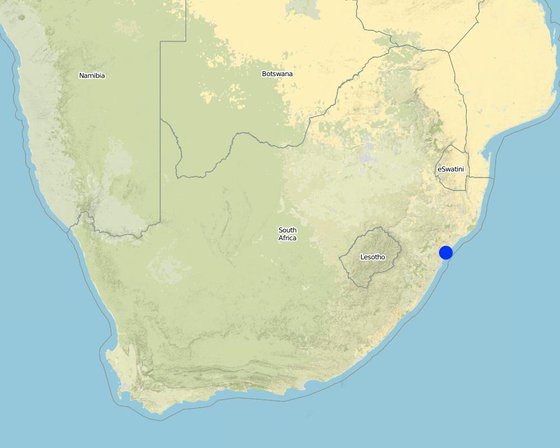
Байршил: Lower Tugela district, KwaZulu/Natal, Өмнөд Африк
Дүн шинжилгээнд хамрагдсан технологи нэвтрүүлсэн газрын тоо:
Технологийн тархалт: газар дээр жигд тархсан (8.0 km²)
Тусгай хамгаалалттай газар нутагт?:
Хэрэгжилтийн огноо: <10 жилийн өмнө (саяхны)
Нутагшууллын төрөл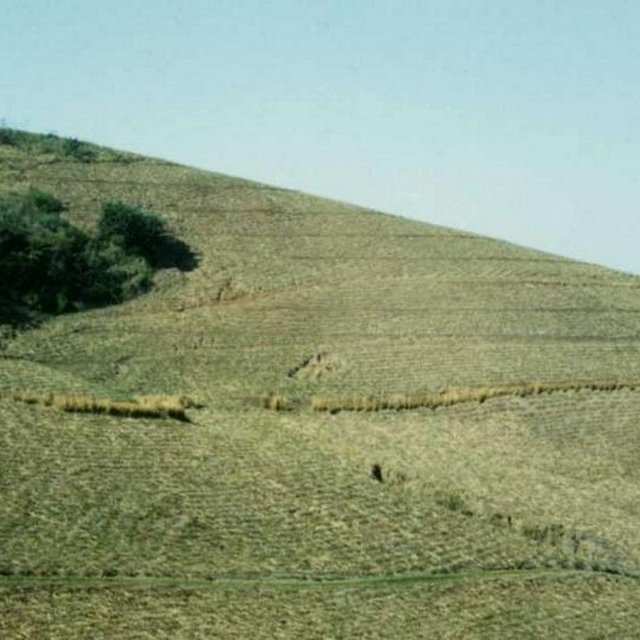
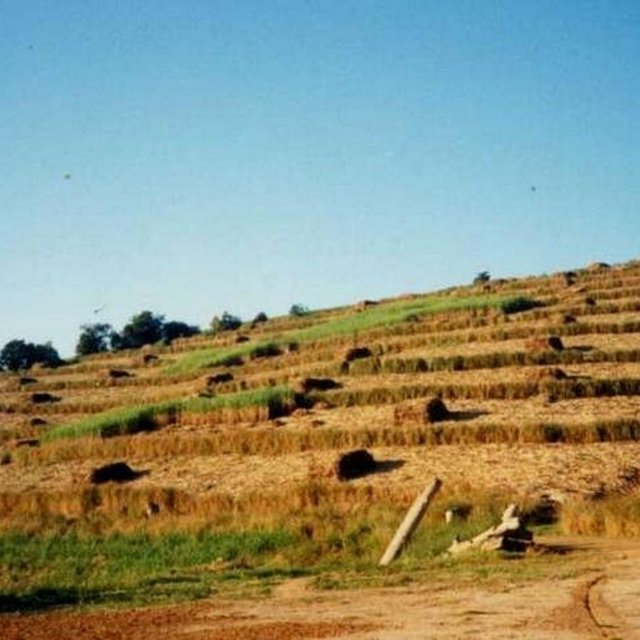





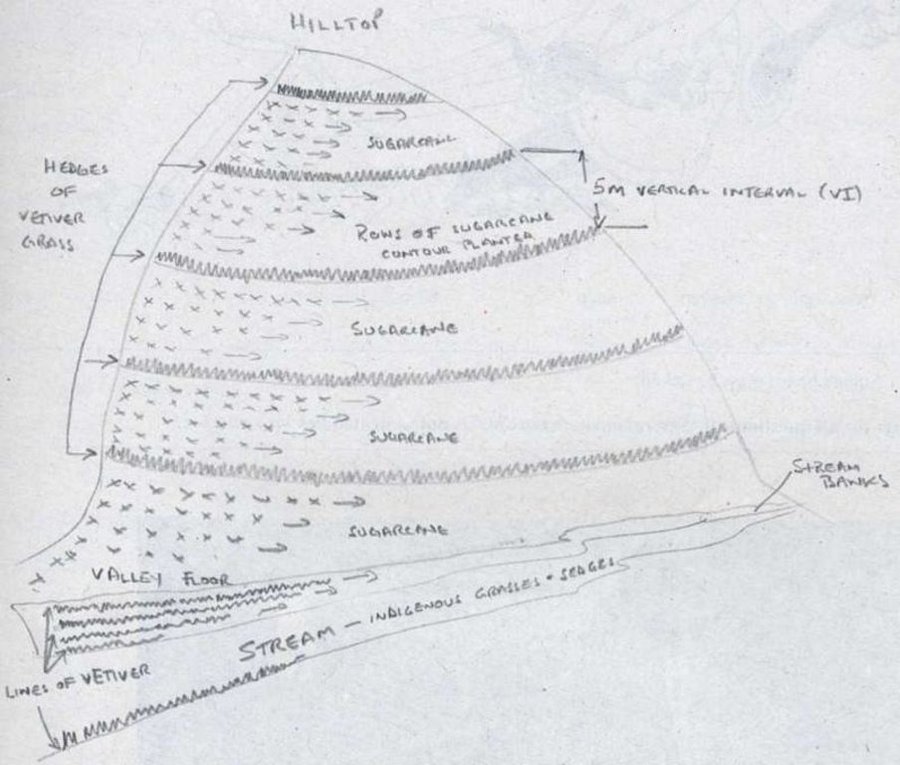
| Зардлын нэр, төрөл | Хэмжих нэгж | Тоо хэмжээ | Нэгжийн үнэ (Ам.доллар) | Зардал бүрийн нийт өртөг (Ам.доллар) | Нийт дүнгээс газар ашиглагчийн төлсөн % |
| Хөдөлмөр эрхлэлт | |||||
| Plant and fertilize | persons/day/ha | 15.0 | 2.0 | 30.0 | 100.0 |
| Тоног төхөөрөмж | |||||
| hoe | ha | 1.0 | 4.0 | 4.0 | 100.0 |
| таримал материал | |||||
| Vetiver | cubic meter | 1.0 | 66.0 | 66.0 | 100.0 |
| Бордоо ба биоцид | |||||
| Fertilizer | ha | 1.0 | 40.0 | 40.0 | 100.0 |
| Технологи бий болгох нийт үнэ өртөг | 140.0 | ||||
| Технологи бий болгох нийт үнэ өртөг, ам.доллар | 140.0 | ||||
| Зардлын нэр, төрөл | Хэмжих нэгж | Тоо хэмжээ | Нэгжийн үнэ (Ам.доллар) | Зардал бүрийн нийт өртөг (Ам.доллар) | Нийт дүнгээс газар ашиглагчийн төлсөн % |
| Хөдөлмөр эрхлэлт | |||||
| Maintaining plot | persons/day/ha | 5.0 | 2.0 | 10.0 | 100.0 |
| Тоног төхөөрөмж | |||||
| hoe | ha | 1.0 | 4.0 | 4.0 | 100.0 |
| Бордоо ба биоцид | |||||
| Biocides | ha | 1.0 | 5.0 | 5.0 | 100.0 |
| Slips | ha | 1.0 | 6.0 | 6.0 | 100.0 |
| Технологийн арчилгаа/урсгал үйл ажиллагаанд шаардагдах нийт үнэ өртөг | 25.0 | ||||
| Технологи арчилах ба урсгал ажлын нийт үнэ өртөг, ам.доллар | 25.0 | ||||
Contains a lot of oil, only when mature (after 2 years) but does not affect the roots
Row spacing
The planting is aligned for next planting
From 8-12 cuttings before replanting sugarcane (+-15 years); 3000-3500 R/ha cost for replanting the sugarcane.